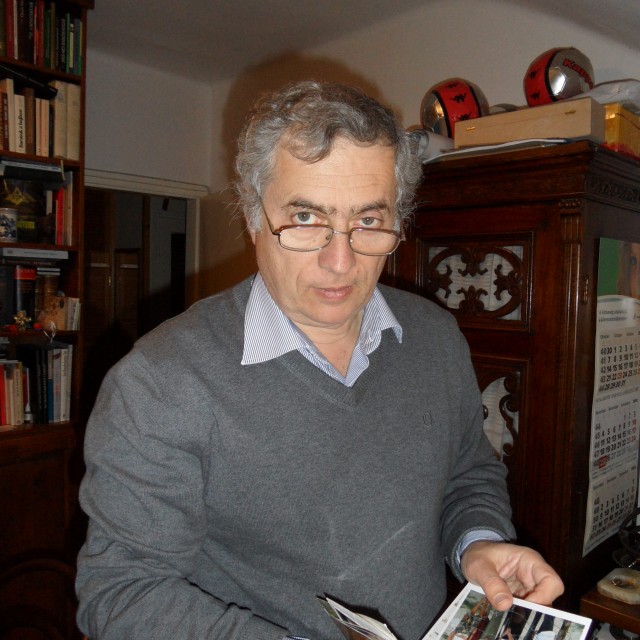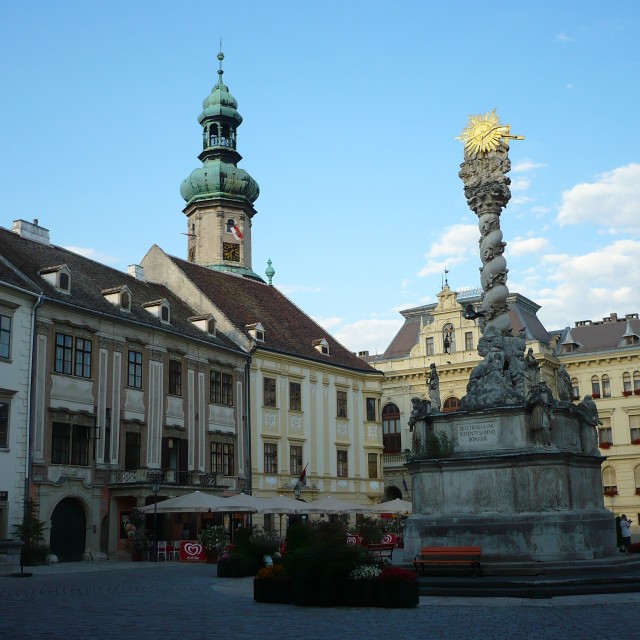We must open the border
The Pan-European Picnic was a peace demonstration at the Austrian-Hungarian border near Sopron on 19 August 1989. This is an important antecedent was cutting through the iron curtain, Germany unification. This picnic was a big protest against the Socialist government, which was called the Pan-European Picnic. While this was happening more than 700 people who lived in East Germany (which was Socialist) escaped to the West. The idea of opening up the border was László Magas'. Originally, it was only to be a picnic, but then he came up with the idea of the border opening. Obviously, Szentmargitbánya is five kilometres away from the national border. Its mayor helped us to get the Austrian authorities to authorise the opening. Laci had practical reasons for suggesting the opening, as it was a border gate closed down back in 1948 and out of use ever since. Actually, that's the old road to Pozsony, but that's where the Roman road ran, too, an ancient one, indeed. You can still see its ruins. There used to be a little toll house there. So, it had been an operational border crossing since "Trianon" to 1948. Without it, it's a forty kilometer long trip by car if you go all the way around in the direction of the Kelen brook; that's how far away the Sopron border crossing is. Laci Magas said that "we mean to invite folks from Margitbánya, but isn't it silly? Why should they take the 40 kilometer long roundabout route, when they are only 5 kilometres away". What might have given rise to the idea of the border opening was, by the way, a fair that took place in a small village in the vicinity of Szombathely as well as in an Austrian village a few kilometres away, when a temporary border opening permit was issued enabling people to come and go freely. Naturally, the border guards were standing there checking documents. We got the permission on the Hungarian end straight away.
Hodnocení
Hodnotilo 0 lidí
Routes
Not a part of any route.
Comments
No comments yet.







